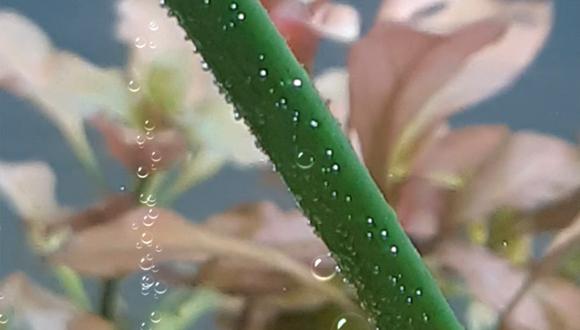דוקטורנטים מספרים - Eli Margalit
Using nano-bubbles for treatment of persistent pollutants in water
Eli Margalit (Ph.D. candidate)
Supervisor: Prof. Dror Avisar
Even at very low concentrations, anthropogenic water pollutants such as pharmaceutical residues, toxic metals, or volatile organics could create an environmental risk. Furthermore, these pollutants may pass through the traditional treatment system without sufficient reduction, while penetrating various water sources and the food chain. To reduce that risk, a multi-stage process, mainly biological, is applied in the treatment facilities. However, the chemical structure of quite a few dissolved organic substances makes them resistant to biodegradation. Therefore, it is necessary to improve the treatment processes and find better solutions for soluble persistent organic substances that are difficult to decompose.
In the race to develop new methods and improve existing processes, using nano-bubbles (NB) as wastewater and water treatment technologies is expanding. This is due to the beneficial properties rising from their structure and diameter (µm 1 <), such as adsorption of organic matter, high gas pressure, large surface area, and Brownian motion considerably higher than the lift, which significantly increases retention time in the system. Apart from improving air or oxygen convection, an increase in the hydroxyl radical [OH·] concentration after water enrichment with NB, is measured, which is an active, unstable substance with very high oxidation potential, and is widely used for decomposing pollutants.
The main purpose of the research is to enrich the water with NB, and to examine the correlation between their physical properties and the dissolved matter. Thus it is necessary to define the conditions for [OH·] formation, and determine their oxidation potential. To accomplish these goals, water is enriched with NB using several methods. Key variables such as diameter distribution, zeta potential, oxidation potential, pH, electrical conductivity, and turbidity are measured. The results of the experiment and the developed model will be used to select preferred conditions and to maximize the [OH·] concentration in water. We believe that our results will support and contribute to the development of an innovative, cost-effective technology for more efficient treatment.


